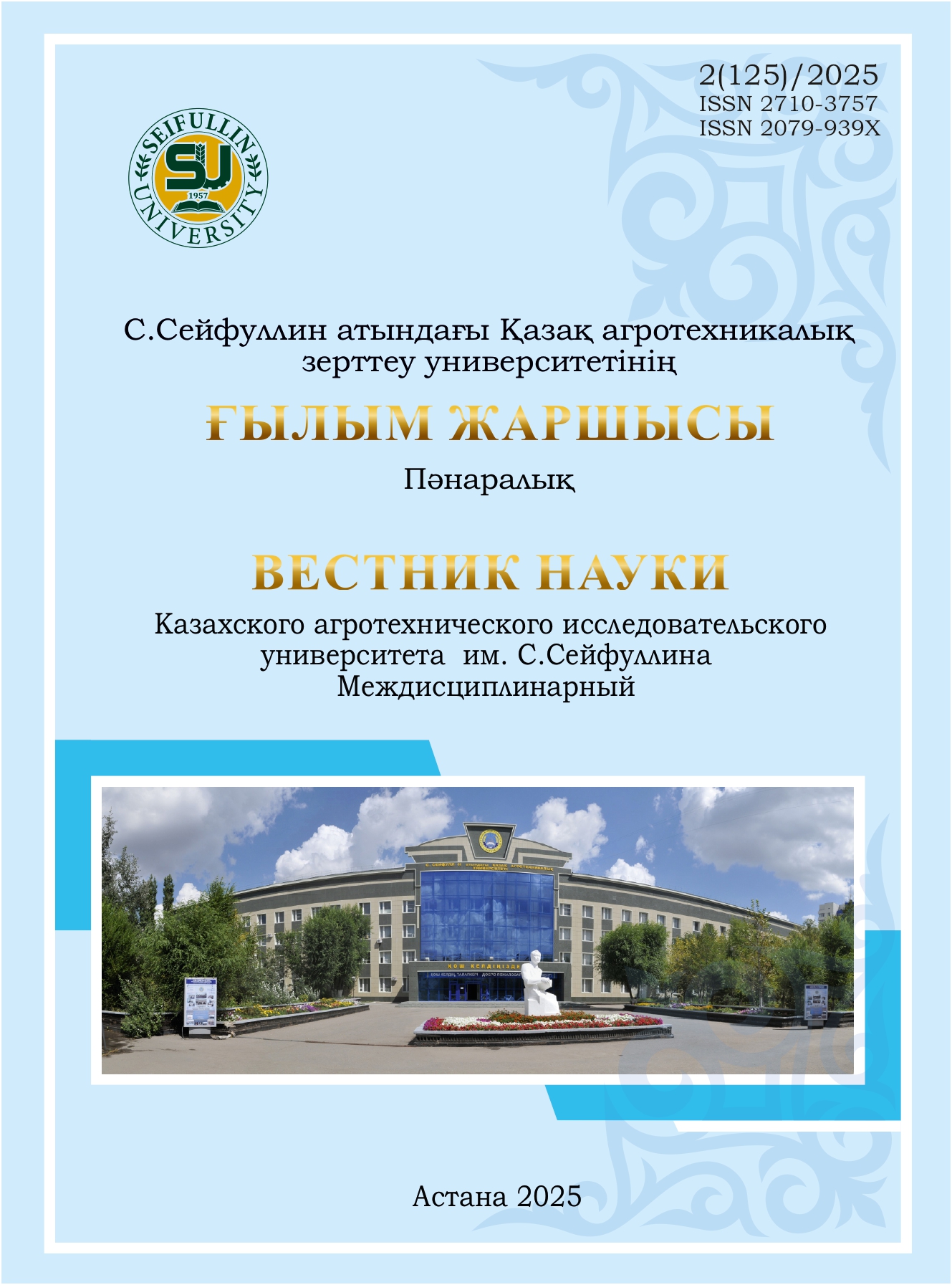Genetic diversity and structure of national dog breeds
DOI:
https://doi.org/10.51452/kazatu.2025.2(125).1913Keywords:
genetic diversity; inbreeding; national dog breeds; breeding; breed conservation.Abstract
Genetic diversity is a key factor in ensuring the health, adaptive potential, and survival of any population. High genetic diversity provides the foundation for the sustainable development of populations, including domestic animals. This paper reviews genetic studies of the population structure of various national dog breeds, focusing on the main patterns and factors affecting the level of genetic diversity. The review presents data obtained using modern genetic analysis methods, including the assessment of observed and expected heterozygosity, as well as the calculation of inbreeding coefficients, which allows for a detailed assessment of the degree of genetic variability in populations. The paper also provides a comparative analysis of the genetic structure of the Kazakh national dog breeds Tazy and Tobet with other well-known breeds.
The problems associated with a limited gene pool that arise as a result of historical isolation, breeding practices and a reduction in the number of breeds, which leads to an increased risk of hereditary diseases and reduced adaptability, are considered.
Strategies for expanding the gene pool through controlled crossbreeding, avoiding inbreeding, and preserving rare genetic lines are discussed, and approaches and recommendations for effective and sustainable breeding are proposed. The results of genetic research are important for the conservation of biological diversity and can be applied in both veterinary medicine and breeding. They make a significant contribution to the development of effective breeding and conservation programs, allowing for increased resistance to external stress factors, a reduced likelihood of genetic defects, and long-term preservation of the unique genetic resources of national dog breeds.

